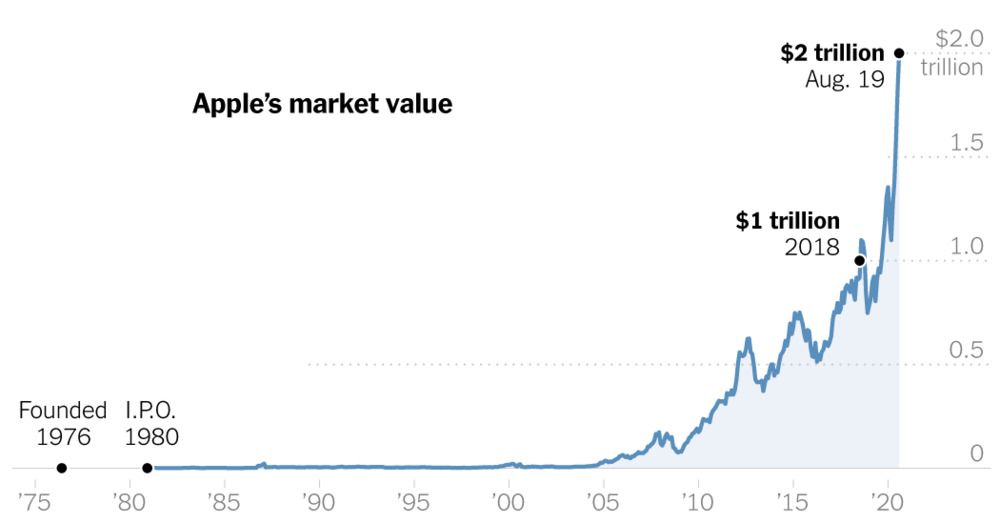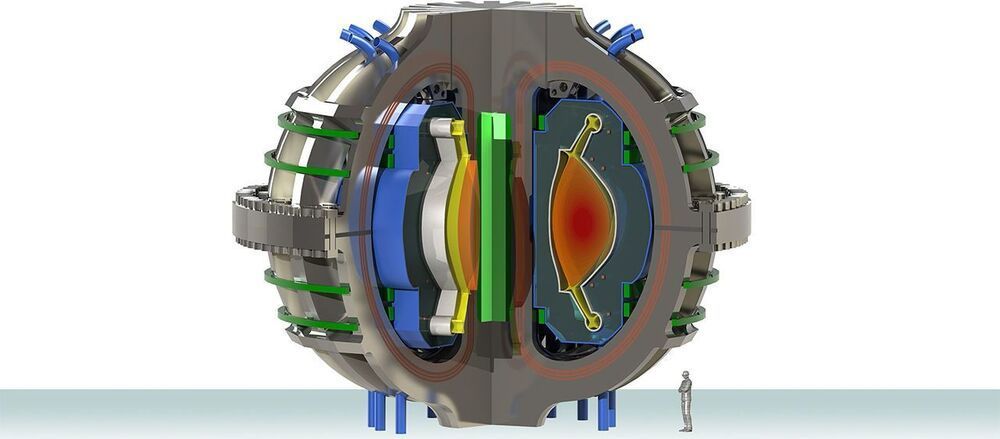FireEye, normally the first company that cyberattack victims will call, has now admitted it too has fallen victim to hackers, which the company called a “sophisticated threat actor” that was likely backed by a nation-state.
In a blog post confirming the breach, the company’s chief executive Kevin Mandia said the nation-backed hackers have “top-tier offensive capabilities,” but did not attribute blame or say which government was behind the attack.
Mandia, who founded Mandiant, the incident response firm acquired by FireEye in 2014, said the hackers used a “novel combination of techniques not witnessed by us or our partners in the past” to steal hacking tools used typically by red teams, which are tasked with launching authorized but offensive hacking campaigns against customers in order to find weaknesses or vulnerabilities before malicious hackers do.







